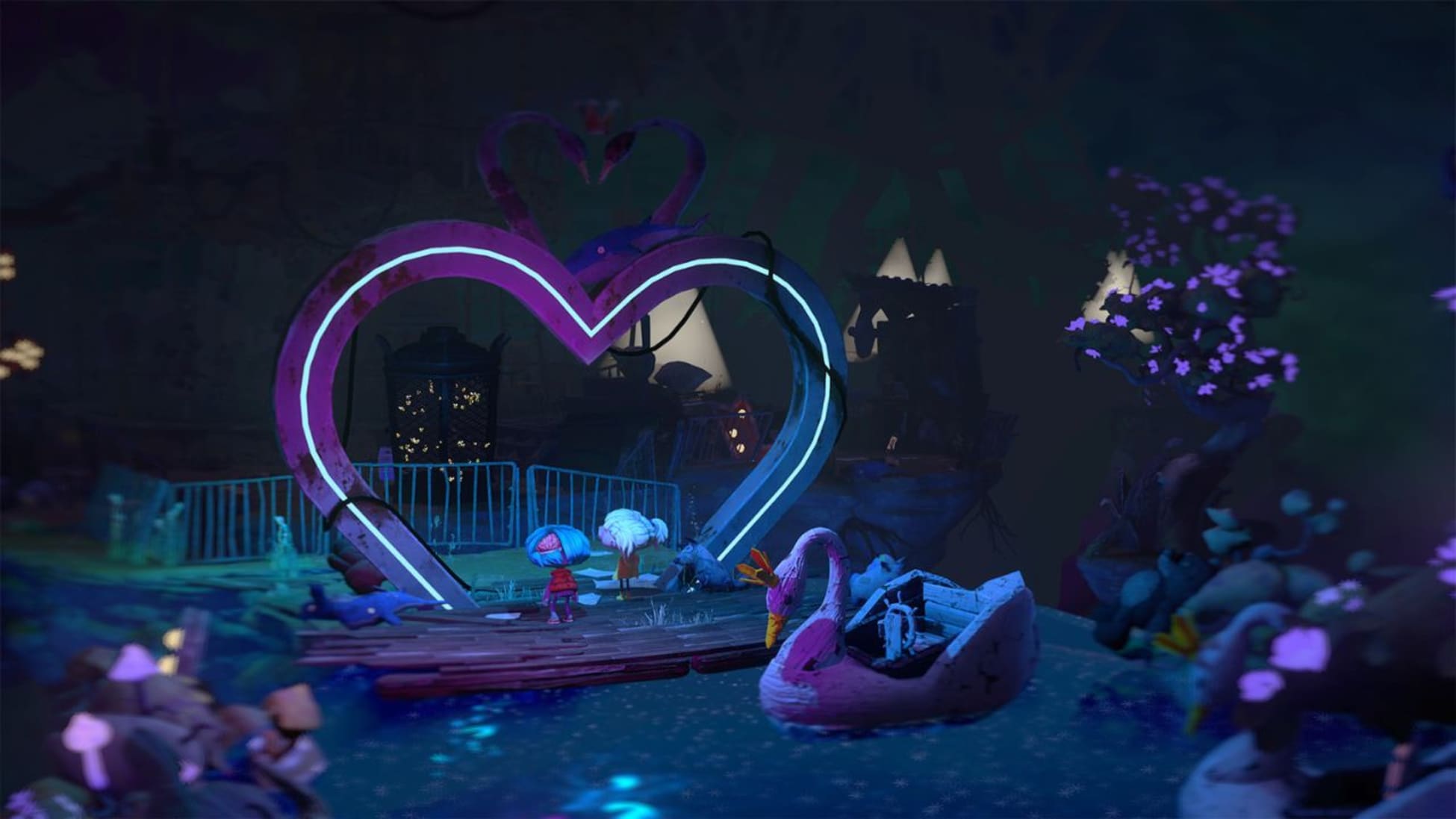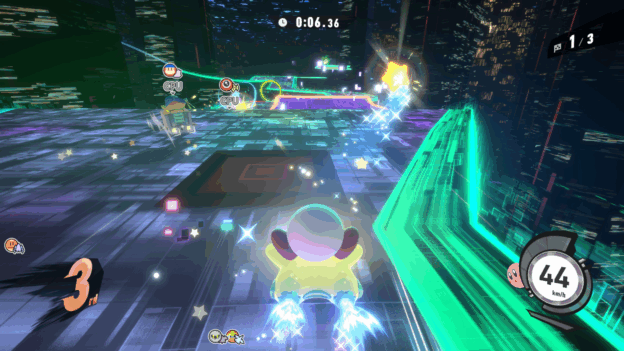Nintendo Museum Thoughts & Concerns – Editorial

Justin and Willem shares their thoughts and concerns with the upcoming Nintendo Museum.
Last week we were treated to a special Nintendo Museum Direct where legendary game designer Shigeru Miyamoto took us on a 13 minute tour around the upcoming Nintendo Museum. This project has been something I’ve been anticipating for a while and was extremely curious as to what direction it would go in. Now we finally have some answers.
In the Direct, Miyamoto was filled with excitement as he showed off various things in the museum. If you haven’t watched the Direct I highly recommend that you do as the museum does look fun and I hope to visit it someday. There are some more passive exhibits, such as displays of Nintendo hardware and software, toys made before Nintendo got into video games, and more. All of this is pretty fun, but there are also several interactive exhibits on display as well.
Interactive Exhibits require an Entry Pass card. These cards come pre-loaded with coins that are required to be spent in order to try the different Interactive Exhibits. More on this later.
The first Interactive Exhibit shown allows museum patrons to play the Japanese card game Hyakunin Isshu on a giant screen on the floor and while using a smart device provided by the museum. I’m just going to assume this game requires full Japanese language comprehension skills because the cards all seem covered in the language.

The second Interactive Exhibit showcased is a set of Ultra Machine like batting cages. For those not in the know the Ultra Machine was an in-home baseball pitching machine that would pitch users ping pong like balls to hit around the house safely. There are several different cages set up to look like different Japanese home setups and batting a ball into different objects causes different fun interactive things to happen.
The third Interactive Exhibit is Zapper & Scope SP. This gives players a modern Mario infused way to play a game similar to Nintendo’s early light gun game, known as the Laser Clay Shooting System, that were installed into converted Japanese bowling alleys back in the ‘70s. Up to 13 players will pick an NES Zapper or Super Scope and play a game trying to get a high score.
The final Interactive Exhibit detailed in the direct gives patrons the ability to play Nintendo games with giant controllers that require two people to operate. Controllers come from systems such as Famicom, Super Famicom, Nintendo 64, and Wii.
Four other Interactive Exhibits are explained on the official museum site. These include the following:

“Ultra Hand SP – Use the Ultra Hand to grab the balls rolling down the lanes, and drop them into the pipes.
Love Tester SP –Two people join hands and work together on tests that measure their Love Level.
Game & Watch SP – Play Game & Watch games using your own shadow.
Nintendo Classics – Nintendo Entertainment System, Super Nintendo Entertainment System, Nintendo 64. Choose from over 80 games to play.”
Two premium experiences are also available that cost extra money. One is “Let’s Make Hanafuda!” This experience allows patrons to design and take home their own four Hanafuda cards. The other premium experience, “Try Playing Hanafuda!”, lets patrons play and even learn how to play the card game that helped Nintendo get its start.
The final two things that will be available in the museum are a café to get some food, and a merchandise shop that I’m looking forward to.

While all of this sounds exciting at its surface level, the deeper I dig and think about it the Nintendo Museum seems like a bit of a letdown.
First, in order to get to the museum you need to win a lottery system. It appears you can enter this up to three months in advance, but honestly I find this awful. I know lottery systems are common in Japan, but I can’t imagine traveling halfway across the planet to see the Nintendo Museum and being told, “No, you lost the lottery.” Seriously, this is complete crap.
Then, if you’re lucky enough to get in, you’re given the Entry Pass card loaded up with 10 Coins. As mentioned, patrons must spend these coins to experience the Interactive Exhibits. The issue is that the price of some of these exhibits seems outrageous. For instance, you will need to spend three coins, per person, to play with the giant game controllers. When rewatching the Direct it appears as though this only gives you a 2 minute 30 second slot to do so. This is insane considering that’s nearly one third of your entire experiences spent right there. There is no excuse for not allowing everyone to try everything at least once especially when several of these interactive exhibits seem incredibly short.

My final concern with the Nintendo Museum is that we have seen zero evidence that it will honor the incredibly important and influential people that have been behind the company especially in its video game years. No mentions or pictures of Hiroshi Yamauchi, Satoru Iwata, Shigeru Miyamoto, Takashi Tezuka, Gunpei Yokoi, Eiji Aonuma, Yoshio Sakamoto, Takaya Imamura, Koji Kondo, Hirokazu “Hip” Tanaka, Minoru Arakawa, and Howard Lincoln to name a few. These games and products didn’t just appear out of thin air, and a place called the Nintendo Museum should honor them. I know since the death of Satoru Iwata Nintendo, as a company, hasn’t been focusing on the people behind the games as much, but to ignore them at a place called the Nintendo Museum seems criminal. Hopefully I’m wrong and when the doors open there is an area to honor the true legends behind the company because I can’t imagine this omission under an Iwata led organization.
Willem’s Observations:
Having worked on a permanent videogame exhibition in a museum, watching the first look at the Nintendo Museum was especially bizarre from this perspective. I agree with what Justin wrote above here, but I think it even goes deeper than acknowledging certain individuals. The “museum” aspect of the Nintendo Museum is surprisingly disrespectful to those visiting the experience expecting an actual museum. See, what sets a museum or curation apart from the objects shown is the way in which they used to tell a story and provide context to a visitor. What we’ve seen of the museum so far is a full display of final products released by Nintendo throughout their history, comparing and showing packaging between versions and releases. The problem is that these, so far, are presented in ways that leave the visitor themselves to fill in all the gaps. There is no guidepostsing (methods in which the curator uses signs, texts and other information) to guide a visitor through the collections.

The one that looked especially egregious is the cabinet filled with the original Nintendo Toys. Not only does it feel weirdly separated from the other cabinets in the museum, but it looks like someone emptied out their garage and put it on display. There are no information signs that tell you what the role of these objects was in the larger history of Nintendo as a company. For the die-hard Nintendo fans it will be references more often seen in other games, but for general audiences there is nothing there that explains why Nintendo made strollers or copiers. And if you think “well who reads the signs in a museum?”, that’s absolutely true! In a museum it is a challenge to make any one read or take the time to take in the information since visitors gravitate towards what they already know. But the true goal in a museum is to inspire a visitor to learn the larger story or see an object in context that can explain who, where, how and when it was made. That’s why signposting is essential, because it elevates a cabinet full of ‘stuff’ to objects and artifacts that tell a story thought of by a curator.
And I think this is truly where the disappointment for me hit. This is how Nintendo wants to present their own history. A company that we know has excessive vaults and archives seems keen on keeping those shut and inaccessible for fans, historians, and researchers that are willing to travel thousands of kilometers to visit this museum. But everything shown in that video are simply released products that made it through rigorous market testing and redesigns. It seems unlikely that one will be able to look at early hardware prototypes, level designs for classic (and modern) games, and other aspects that made Nintendo one of the key-players in the entertainment industry. I can see complete NES collections on the internet from avid collectors, I can read books like Before Mario that have thoroughly cataloged every pre-Game & Watch game Nintendo made, and even learn more from their design by reading old Iwata Asks interviews. Calling this place a Nintendo Museum feels disingenuous when it is much more like a Nintendo Arcade where the objects shown only serve as appetizers for the interactive displays in the basement. The toyectic and creative game design can be seen with those giant controllers and the Ultra Machine rooms, but it leaves me feeling cold knowing what else could’ve gotten a chance to shine in a museum.
–

Ultimately, while the Nintendo Museum seems like a good time, for the few minutes you’ll get to do anything, there is a lot more to be desired. I can’t imagine these design choices being fully accepted in the United States, and it just makes the entire experience seem frustrating, limited, and maybe not even worth it. I’d still like to go one day, but even thinking about all the hoops I’d have to jump through to get in, and for multiple days just to actually experience the full museum fills me with dread and anxiety. Hopefully a North American counterpart opens in the future that will be easier to get into, honor the people it should, and be designed in a way that won’t piss off a fair number of the people showing up.




